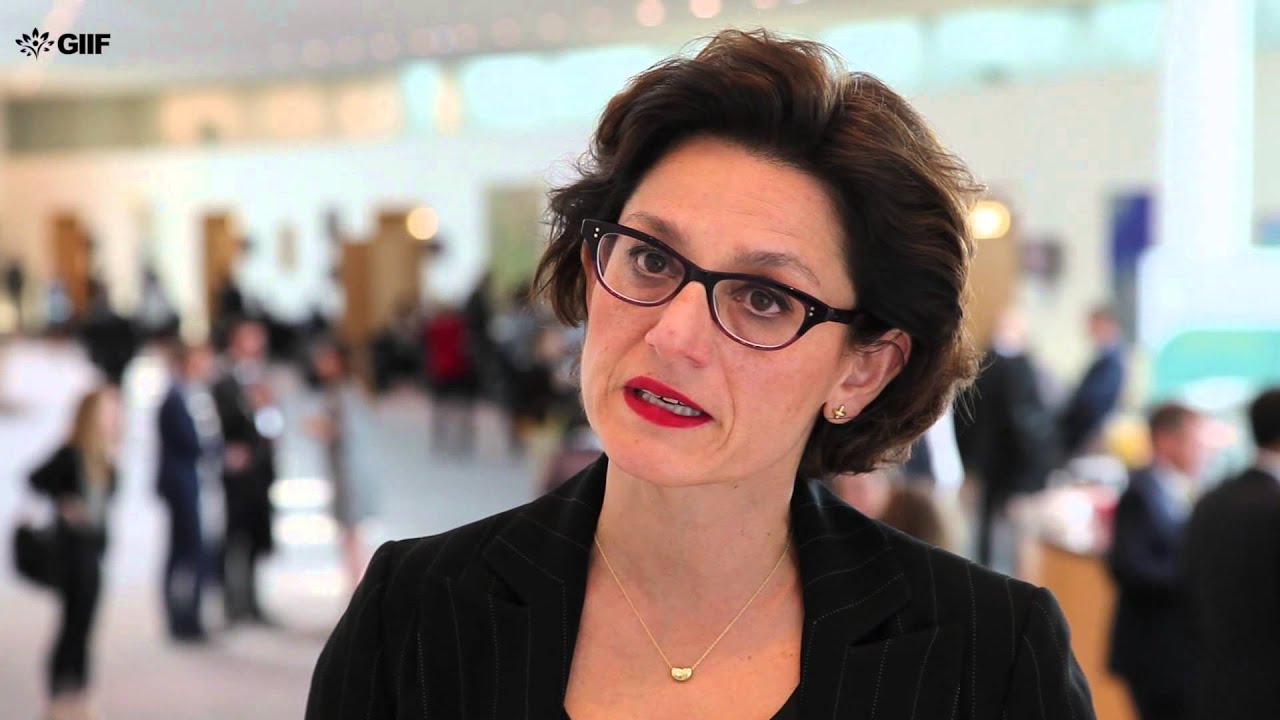The Geneva Association has emphasised the role that insurance risk modelling might play in achieving a set of recommendations one global task force laid out to build resilience in the finance sector

The Geneva Association’s boss claims the insurance industry’s risk modelling expertise can play a key role in helping the private finance sector increase its resilience to growing climate risk.
Jad Ariss, managing director of the global research body, emphasised the role of collaboration between the insurance industry, asset management firms, regulators, ratings agencies and global sustainable finance initiatives like the Financial Stability Board (FSB).
His comments, made at the association’s 2019 Climate Change Forum in London last week, come after a June 2017 report from the FSB’s Task Force on Climate-related Financial Disclosures (TCFD) laid out its recommendations for increasing transparency around climate risk in order to promote better economic decision-making.
Mr Ariss said: “Companies in all economic sectors need climate information to mobilise investments for transitioning to a low-carbon economy.
“The insurance industry, with its leadership in risk modelling, can contribute significantly to the global private sector response to the TCFD’s recommendations and global sustainable finance initiatives – improving its own capacities and societal resilience at the same time.”

The TCFD report identified a problem with the private market’s perception of climate change as a long-term risk, which ignores the short-term implications of moving to a low-carbon economy – especially for companies extracting, producing and using minerals like coal, oil and natural gas.
Maryam Golnaraghi, The Geneva Association’s director of climate change and emerging environmental topics, said: “Mainstreaming climate risk is becoming a high priority for Boards and C-level suite executives with implications for accountability, corporate strategy, risk management, operations, investments as well as disclosure and reporting.
“There is a unique opportunity to enhance climate risk modelling and stress testing by leveraging the latest climate science.
“This forum was an important step toward achieving consensus among leaders from ten sectors on aligning priorities on a research and development agenda for the future.”
What are the TCFD’s climate risk recommendations?
The FSB established the TCFD to help identify the information needed by investors, lenders, and insurance underwriters to appropriately assess and price climate-related risks and opportunities.
It has 32 members from various organisations, including large banks, insurance companies, asset managers, pension funds, large non-financial companies, accounting and consulting firms, and credit rating agencies.

The TCFD designed four recommendations on how companies disclose their climate risk information.
It claims the suggestions are adoptable by all organisations, can be included in financial filings, are designed to solicit information useful in decision-making, and have a strong focus on the risks and opportunities related to the transition to a lower-carbon economy.
The recommendations, designed to address business practices in four areas, are as follows:
- Governance – Disclose the organisation’s governance around climate-related risks and opportunities.
- Strategy – Disclose the actual and potential impacts of climate-related risks and opportunities on the organisation’s businesses, strategy, and financial planning where such information is material.
- Risk management – Disclose how the organisation identifies, assesses and manages climate-related risks.
- Metrics and targets – Disclose the metrics and targets used to assess and manage relevant climate-related risks and opportunities.
